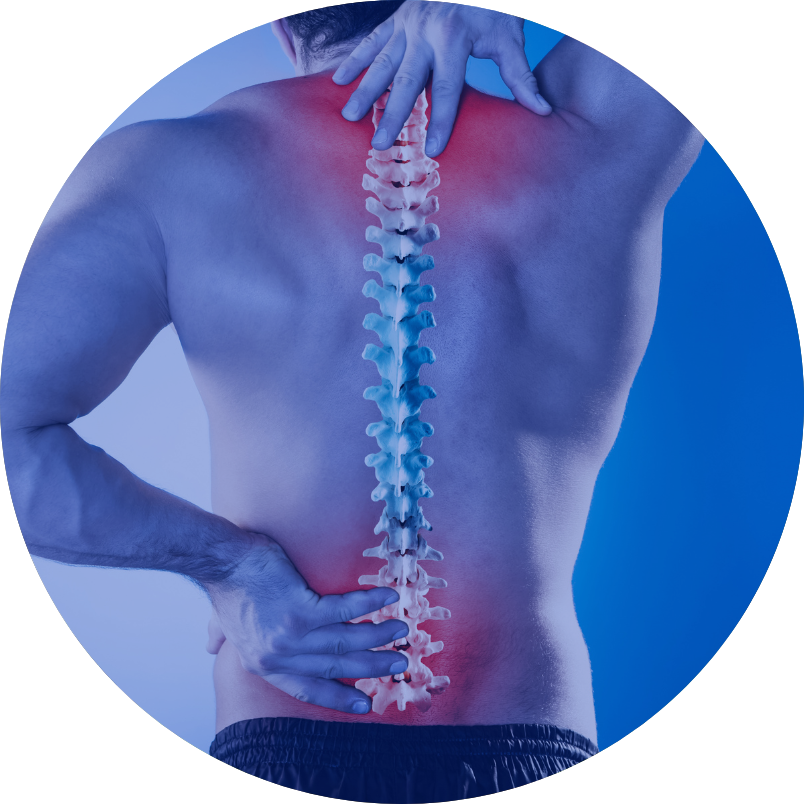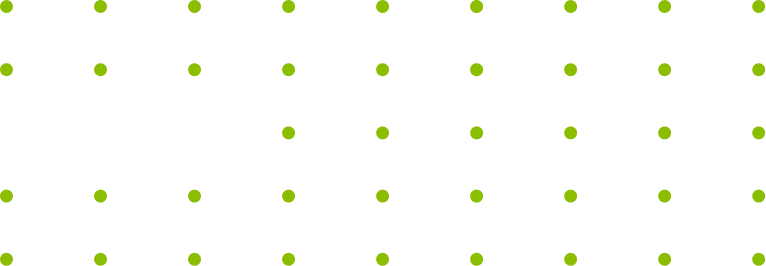Discectomy/corpectomy



OPERATIONS
Modern minimally invasive treatment of prolapse – lateral hysteropexy using the Dubuisson’s method. Stress urinary incontinence Tubal dropsy Vaginal surgery (vaginoplasty) Lowering of the reproductive system Infertility Uterine myoma Labia hypertrophy Ovarian cysts and ovarian tumors EndometriosisOPERATIONS
The procedure involving decompression of the nerve structures within the cervical spine is carried out when symptomatic lesions are found in the course of degenerative disease of the cervical spine. Such lesions (herniated discs, osteophytes, hypertrophied ligaments) cause compression of nerve structures in the spinal canal (spinal cord and/or nerve roots), giving rise to symptoms resulting from the abnormal function of the compressed elements of the nervous system.
The most common is pain in the cervical spine radiating to the upper limb innervated by the compressed nerve (the so-called brachialgia). This is also often accompanied by sensory disturbances in the limb (weakened or increased sensation and paraesthesia – a feeling of limb numbness). In some cases, muscle weakness in the limb (paresis in the hand or elbow/humeral joint). In the case of spinal cord compression, disease symptoms may also extend to the lower extremities, causing muscle weakness and sensory impairment in the lower extremities, gait problems and sphincter dysfunction (inability to urinate or impaired urination control).
Apart from the characteristic symptoms on neurological examination, the presence of degeneration lesions and its exact location is determined by magnetic resonance imaging (MRI) of the cervical spine or, if MRI is contraindicated, by computed tomography (CT) of the cervical spine. Operative treatment is indicated if there is no improvement in pain after conservative treatment (rest, analgesic treatment, rehabilitation) or if there is pressure on the spinal cord that can lead to permanent damage.
Under general anaesthesia, the patient is laid on the operating table in the supine position, with the neck exposed and the head slightly bent back. Using an intraoperative X-ray machine, the intervertebral space where degenerative lesions are present is marked Then, after disinfecting and draping the surgical site and administering local skin anaesthesia, a linear incision of the skin and subcutaneous tissue, about 5-6 cm long, is made in the lateral part of the neck, between the larynx medially and the sternocleidomastoid muscle laterally, usually at the right side.
The surgical scar is small and unobtrusive. By gradually dissecting the tissues, surgical access is created to the anterior surface of the cervical spine, between the trachea and oesophagus medially and the cervical artery and vein laterally. After reaching the anterior surface of the spine and reconfirming the correct level of the degenerative lesions using the X-ray machine under microscopic guidance, the degenerative lesions are carefully removed, reducing the pressure on the underlying nerve structures. Depending on the extent of the degenerative lesions, the procedure may involve removal of the intervertebral disc(s) (cervical discectomy) or the vertebral body along with adjacent intervertebral discs (cervical corpectomy).
After surgical decompression of the compressed nerve structures, a properly sized intervertebral disc/vertebral body prosthesis is implanted and fixed in place of the removed lesions to stabilize the spine after removal of the degenerative lesions. Once the correct position of the prosthesis is confirmed on an intraoperative X-ray, layered closure is performed, and the operation is completed.
Preoperative instructions:
– Up-to-date (no more than 6 months old) MRI of the cervical spine;
– Withdrawal of antiplatelet/anticoagulant drugs under medical supervision of the attending physician (substitute treatment with low-molecular-weight heparin is possible);
– Management of the general condition and adequate treatment of comorbidities, ensuring that the elective surgery under general anaesthesia can be performed.
Postoperative instructions:
– Verticalization and rehabilitation of the patient usually begins during the hospitalisation, the day after surgery. In some cases, it is advisable to use a cervical collar for verticalization in the postoperative period – the indications for use of the collar as well as collar wearing duration are determined individually, depending on the extent of the surgery and the type of implants used;
– Changing dressings, care and observation of the surgical wound, removal of sutures on day 10-12. If fever occurs or the surgical wound appears abnormal, its edges become separated or there is discharge coming out of the wound – contact the hospital immediately;
– Perform exercises as instructed and continue rehabilitation;
– Come for neurosurgical check-up in 1 month and in 3 months;
– Use painkillers as needed.

